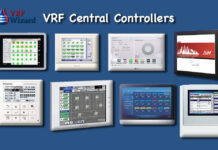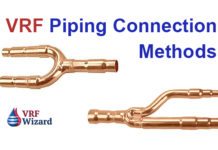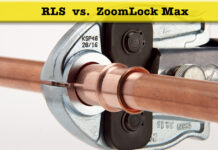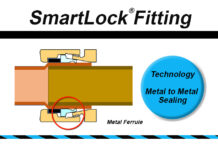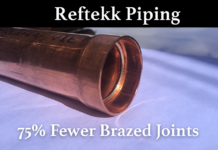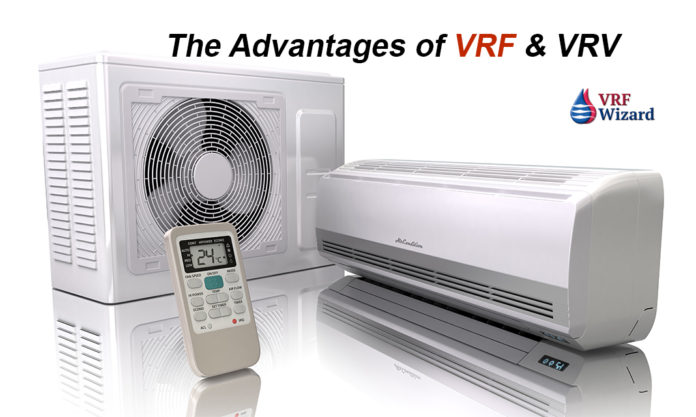VRF Advantages
-
-
- Heat Recovery units can utilize heat removed from zones providing cooling to heating zones requiring heat.
- VRF systems take up less room than other system types, freeing up valuable mechanical room space for other purposes.
- Reduced usage of ductwork and the space required for moving air around the building.
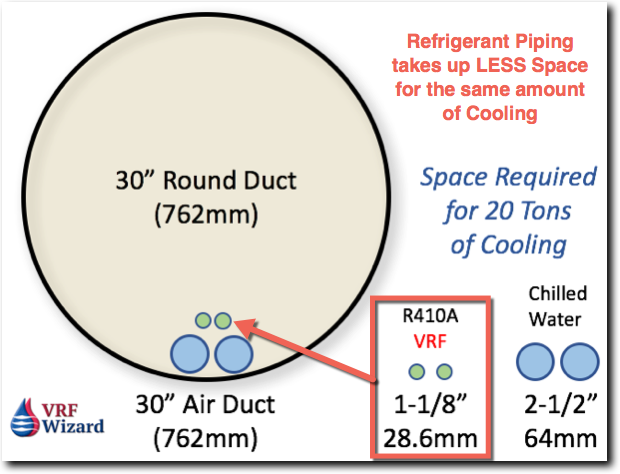
- Historical buildings with limited space for air ducts and to minimize disruption of architectural features.
- In commercial retrofit projects, it’s possible that all the VRF equipment can be brought into the building with use of the elevators, avoiding costly cranes or rigging.
- Increase in energy efficiency with the elimination of large supply air fans. Requirement for DOAS may negate some of this advantage, but OSA ventilation will require smaller ducts and fans.
- Smaller and lighter equipment on the roof can mean less structural requirements than other system types.
- Using VRF in new construction reduces the need for large air ducts allowing for the possible reduction in building height.
- Quiet operation of the VRF indoor units and Outdoor units.
- Possible LEED® points for energy efficiency.
- Variable speed compressors for increased efficiency at part load.
- If using more than one outdoor unit twinned together, one can be down for maintenance while the other is still running.
- Modular design allows for easier expansion.
- Lighter roof mounted equipment than conventional HVAC equipment requires a smaller crane, thereby reducing rigging cost.
- Using a VRF Heat Recovery System avoids having to have two separate system and pieces of equipment to maintain, a Chiller for chilled water and a Boiler for heating hot water.
Please email us other VRF advantages of using this technology on projects that can be added to this list.
-


